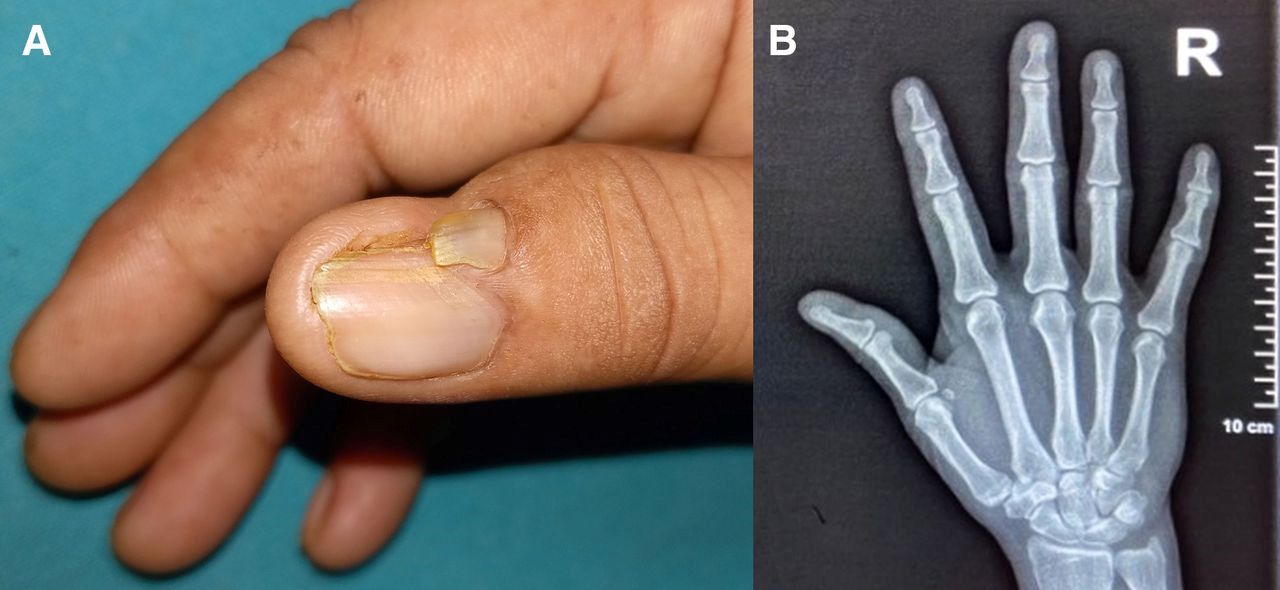
Otoonychoperoneal might sound like a tongue-twister, but it's a fascinating topic worth exploring. Ever wondered what makes this term so unique? Otoonychoperoneal combines elements from different scientific fields, creating a blend of knowledge that sparks curiosity. Whether you're a science enthusiast or just someone who loves learning new things, this article will provide you with 25 intriguing facts about Otoonychoperoneal. From its origins to its applications, you'll find a mix of surprising and enlightening information. Ready to dive in? Let's uncover the mysteries and marvels of Otoonychoperoneal together!
Key Takeaways:
- Otoonychoperoneal is a rare genetic condition affecting nails, ears, and muscles. Early diagnosis and management through physical therapy, hearing aids, and regular check-ups can improve quality of life for those affected.
- Living with Otoonychoperoneal can be challenging, but support groups, education, adaptive devices, and mental health support can help individuals cope and live fulfilling lives. Ongoing research offers hope for better understanding and potential future therapies.
What is Otoonychoperoneal?
Otoonychoperoneal is a rare medical condition that affects the nails, ears, and peroneal muscles. This condition is not widely known, making it a fascinating topic for those interested in rare diseases. Here are some intriguing facts about Otoonychoperoneal.
-
Rare Condition: Otoonychoperoneal is extremely rare, with only a handful of documented cases worldwide.
-
Genetic Disorder: This condition is believed to be genetic, often passed down through families.
-
Nail Abnormalities: One of the primary symptoms includes abnormalities in the nails, such as thickening or discoloration.
-
Ear Involvement: Patients often experience issues with their ears, including hearing loss or structural abnormalities.
-
Muscle Weakness: The peroneal muscles, located in the lower legs, can become weak, leading to mobility issues.
Symptoms and Diagnosis
Understanding the symptoms and how Otoonychoperoneal is diagnosed can help in early detection and management.
-
Early Onset: Symptoms often appear in early childhood, making early diagnosis crucial.
-
Hearing Tests: Audiometric tests are commonly used to assess hearing loss in patients.
-
Nail Biopsy: A biopsy of the nail can help in diagnosing the condition by revealing specific abnormalities.
-
Genetic Testing: Genetic tests can confirm the presence of the disorder, especially if there is a family history.
-
Muscle Biopsy: A biopsy of the peroneal muscles can show signs of degeneration or weakness.
Treatment and Management
While there is no cure for Otoonychoperoneal, various treatments can help manage the symptoms.
-
Physical Therapy: Regular physical therapy can help strengthen the peroneal muscles and improve mobility.
-
Hearing Aids: For those with hearing loss, hearing aids can significantly improve quality of life.
-
Nail Care: Specialized nail care, including regular trimming and treatment of infections, is essential.
-
Pain Management: Pain relief medications can help manage discomfort associated with muscle weakness.
-
Surgical Options: In severe cases, surgery may be required to correct structural abnormalities in the ears or nails.
Living with Otoonychoperoneal
Living with a rare condition like Otoonychoperoneal can be challenging, but there are ways to cope.
-
Support Groups: Joining support groups can provide emotional support and practical advice.
-
Education: Educating family and friends about the condition can foster understanding and support.
-
Adaptive Devices: Using adaptive devices, such as braces or walkers, can aid in mobility.
-
Regular Check-ups: Frequent medical check-ups are essential to monitor the progression of the condition.
-
Mental Health: Seeking mental health support can help manage the emotional impact of living with a chronic condition.
Research and Future Directions
Ongoing research is crucial for better understanding and managing Otoonychoperoneal.
-
Clinical Trials: Participating in clinical trials can provide access to new treatments and contribute to scientific knowledge.
-
Genetic Research: Advances in genetic research may lead to better diagnostic tools and potential treatments.
-
Awareness Campaigns: Raising awareness about Otoonychoperoneal can lead to increased funding for research and support services.
-
Patient Registries: Joining patient registries can help researchers gather data and improve understanding of the condition.
-
Future Therapies: Researchers are exploring gene therapy and other innovative treatments that may offer hope for those with Otoonychoperoneal.
Final Thoughts on Otoonychoperoneal
Otoonychoperoneal, though a mouthful, is a fascinating subject. From its unique biological traits to its impact on ecosystems, there's a lot to appreciate. This creature's ability to adapt and thrive in various environments showcases nature's resilience. Understanding its role helps us grasp the delicate balance within ecosystems.
Learning about such species broadens our knowledge and appreciation for biodiversity. It reminds us of the importance of conservation efforts. Every creature, no matter how obscure, plays a part in the web of life.
So next time you hear about Otoonychoperoneal, you'll know it's more than just a complex name. It's a testament to the wonders of nature and the intricate connections that sustain our planet. Keep exploring, stay curious, and remember, every fact adds to our understanding of the world.
Frequently Asked Questions
Was this page helpful?
Our commitment to delivering trustworthy and engaging content is at the heart of what we do. Each fact on our site is contributed by real users like you, bringing a wealth of diverse insights and information. To ensure the highest standards of accuracy and reliability, our dedicated editors meticulously review each submission. This process guarantees that the facts we share are not only fascinating but also credible. Trust in our commitment to quality and authenticity as you explore and learn with us.
